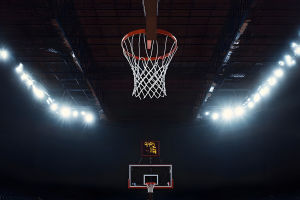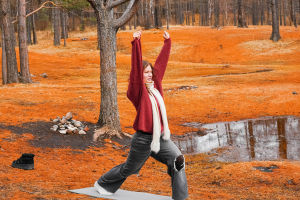Imagine gliding across a sheet of ice at speeds over 30 miles per hour or balancing on skis as you carve down a snowy mountain slope.
Winter sports athletes face one big challenge beyond competition: mastering their bodies in environments where every breath feels colder and every movement demands precision on slippery, shifting surfaces.
What truly sets these athletes apart isn't just skill or strength—it's how they train their bodies to maintain control, power, and focus amid freezing temperatures. Today, let's zoom in on one specific aspect: how winter athletes develop balance and body control to perform flawlessly on ice and snow.
Balance: The Invisible Foundation of Winter Sports
Whether you're a speed skater, skier, or curler, balance is your most critical tool. Unlike most sports played on stable ground, winter sports happen on constantly changing surfaces—ice can be slick and unforgiving, snow can vary from soft powder to icy crust.
Why is balance so crucial? Because the margin for error is razor-thin. A tiny misstep can mean losing speed, falling, or missing a shot. Good balance allows athletes to stay fluid, react instantly, and conserve energy.
1. Core Strength and Stability
Winter athletes invest heavily in building core muscles—the abdominals, lower back, and hips. A strong core acts like a stabilizer, helping maintain posture and absorb shocks from uneven terrain. For example, speed skaters use intense off-ice workouts focused on planks, medicine ball twists, and single-leg exercises to mimic the one-legged glide during races.
2. Proprioception Training
This is the body's ability to sense its position and movement in space. Athletes train proprioception by using balance boards, wobble cushions, and stability exercises. These tools simulate the instability of ice or snow, teaching muscles to respond automatically to subtle shifts.
3. Sport-Specific Drills on Ice and Snow
Besides gym work, athletes spend hours on their actual surfaces practicing balance under realistic conditions. Skiers do balance drills on one ski or practice quick direction changes. Curlers develop precise weight control and sweeping techniques that require steady lower body control even while sliding on ice.
Managing Cold: Keeping Muscles Warm and Responsive
Cold temperatures can stiffen muscles and slow reflexes, threatening balance and control. That's why winter athletes follow strict warm-up routines:
• Dynamic stretching before stepping on ice or snow
• Layered clothing designed to retain heat while allowing movement
• Using warming devices between runs or matches
"Maintaining muscle temperature is essential for peak performance and injury prevention," explained Dr. Lisa Brown, a certified sports medicine physician with over 15 years of experience. Athletes must balance staying warm without overheating, which requires careful clothing choices and timed warm-ups.
Mind and Body: Focus Amid Harsh Conditions
Maintaining balance isn't purely physical—it demands mental sharpness too. The icy world is distracting: cold bites at the skin, breath clouds the air, and the risk of injury lurks.
Athletes practice mindfulness and breathing techniques to stay centered. For example, elite skiers often use visualization to rehearse runs and calm nerves. Curlers focus intensely on precise stone placement, training their minds to block out the cold and noise.
The next time you watch a winter sports event, notice the tiny shifts athletes make to stay balanced and controlled. It's a constant battle against the environment, one where the strongest don't just win—they master ice and snow with grace.
What do you think would challenge you most in winter sports? The cold? The balance? Or staying focused? Maybe it's time to try your own balance challenge and see how your body reacts to unstable ground—who knows what winter athlete skills you might discover!


